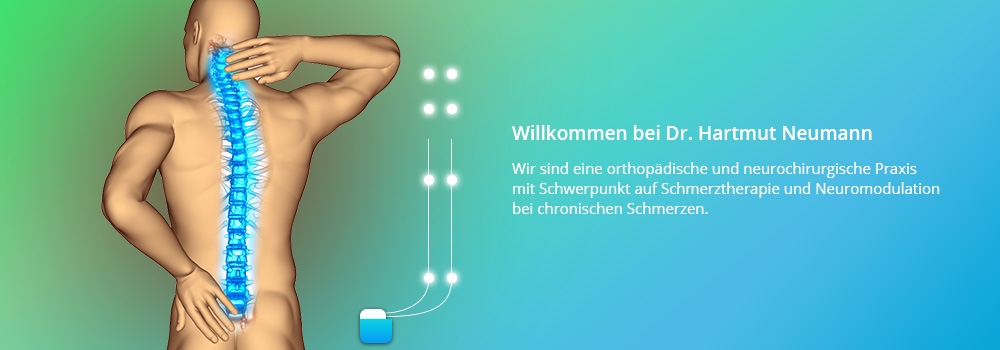Facial pain
It is important to differentiate between facial pain and headaches, since “facial pain” refers to pain in the temples, cheeks, jaws and joint of the jaw, to the ears, nose, area around the mouth and eyes, facial muscles and skin. The throat, palate and tongue are also included. Other complaints, such as pain in the trigeminal nerve, are similar to facial pain. Pain around the forehead, on the other hand, is almost always related to headaches. Sometimes the pain spreads over the neck, shoulders and top of the back. When facial pain continues over a long period of time, the pains tend to feel like a sharp stabbing on one side, particularly on the surface of the chin and on the cheek, in addition to the crease between the nose and mouth. Most daily attacks last for just a few seconds and can occur at frequent intervals, followed by longer pain-free periods. Often, it is so-called triggers – or certain circumstances – that cause the lightning-like pains, such as brushing one’s teeth, chewing or talking, a breeze, being touched in the face, or stress. During the pain attack, muscle cramps may also occur on the side of the face that is affected.Sometimes, these pains are symptomatic of another illness, for example, as the result of a head injury, multiple sclerosis or a brain tumour.
The therapy usually involves medication, and the first choice tends to be anti-epileptics (used by people that have epilepsy) since they have a positive effect that diminishes the irritability and conductibility of the pain-sensitive, irritated nerve pathways. Surgery is only considered if the therapy with medication does not have the desired effect. It usually serves the purpose of reducing pressure on the nerve that is inflamed or under pressure, or to disrupt the transmission of pain by obliterating the nerve. With medicine-based, physical and invasive pain management therapies, our practice offers a great range of tried-and-tested therapy options.

